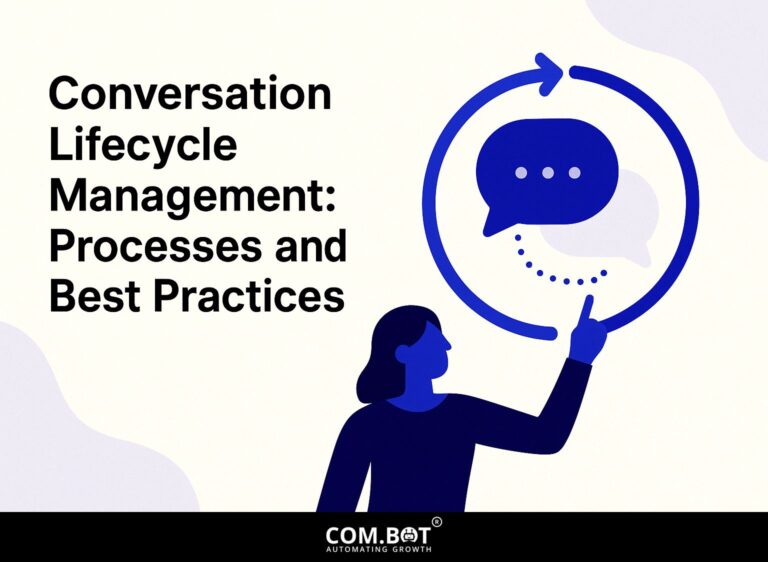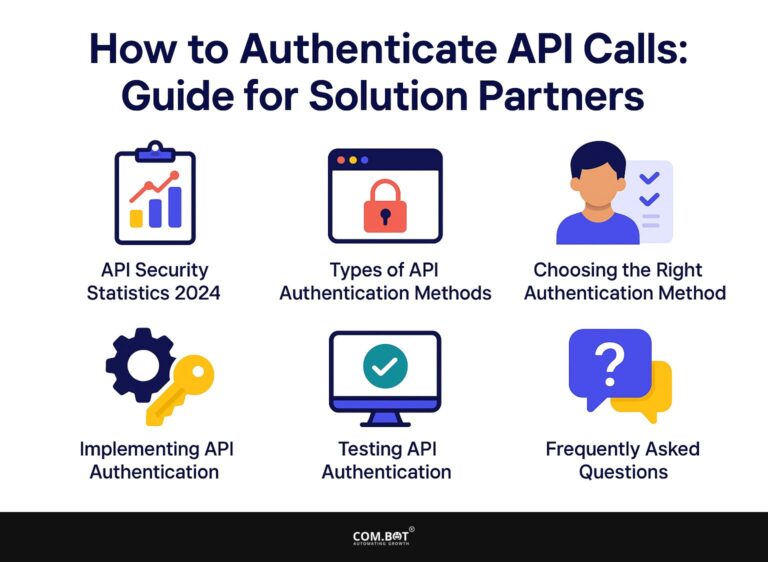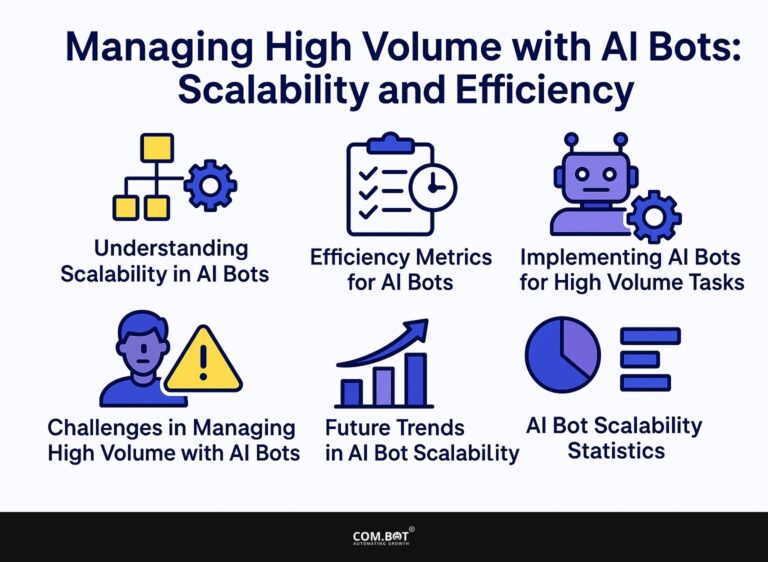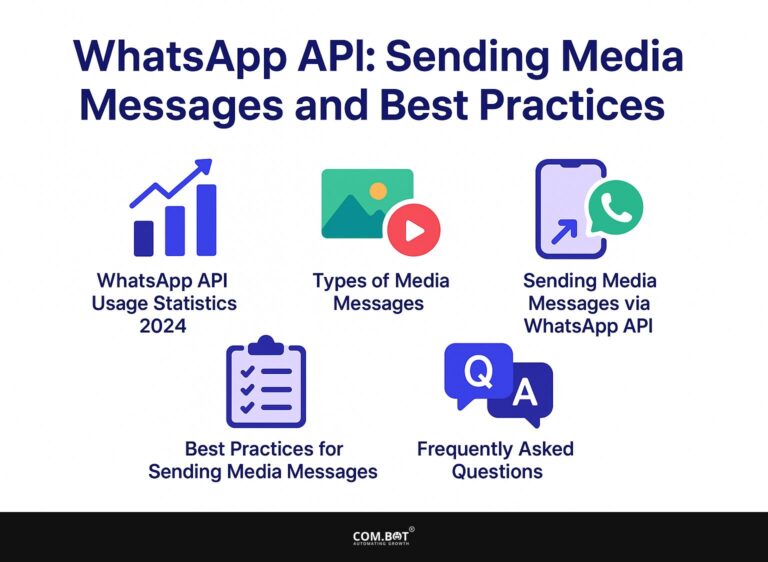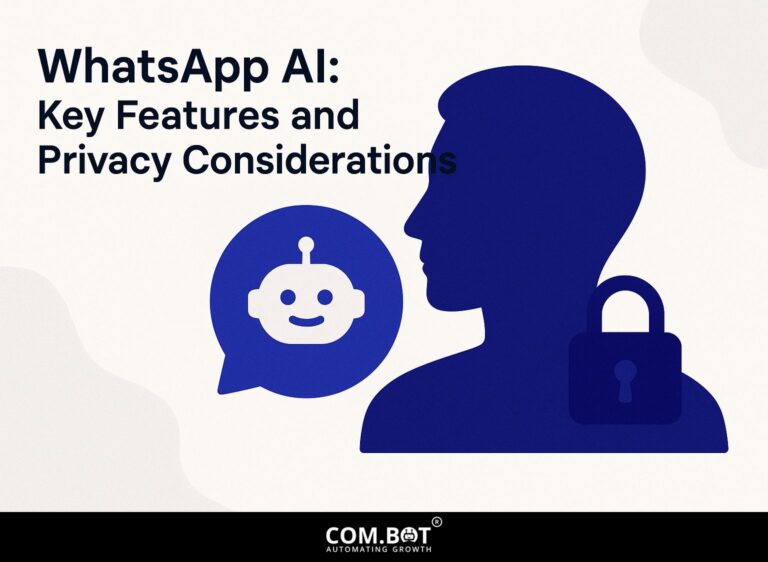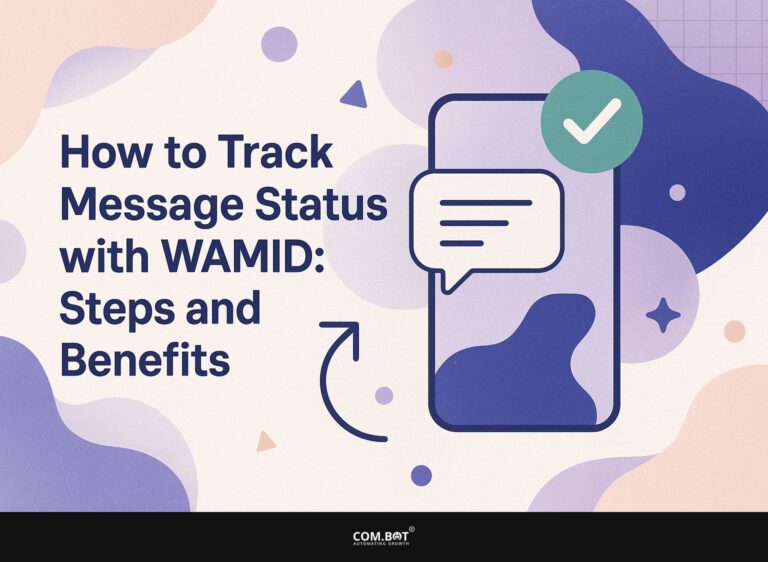Escalation Requests in AI Chat: Implementation
In the fast-changing field of AI chat systems, the proper handling of escalation requests has become a critical component of enhancing user experience and operational efficiency. This article examines the importance of escalation processes in AI chat systems, discussing different types, including technical escalations and customer service escalations.
We will present a strong plan for execution, concentrating on spotting triggers for escalation and setting clear steps to follow. We will also discuss the technical aspects needed for training AI models, and why thorough testing and monitoring are essential for smooth interactions. Join us as we look at ways to make AI chat systems better.
Key Takeaways:
- Clear escalation requests improve user experience by making sure complicated problems are handled quickly, leading to greater satisfaction with AI chat services.
- Creating a clear plan for escalation involves identifying what triggers the need for assistance and defining the steps to transition from AI support to human agents smoothly.
- Regular monitoring and feedback are essential for improving escalation processes, leading to better AI performance and customer interactions.
- 1 Importance of Escalation in AI Chat
- 2 AI Chat Escalation Statistics
- 3 Types of Escalation Requests
- 4 Framework for Implementation
- 5 Technological Considerations
- 6 Testing and Validation
- 7 Monitoring and Feedback Loops
- 8 Frequently Asked Questions
- 8.1 1. What are Escalation Requests in AI Chat?
- 8.2 2. How can businesses implement Escalation Requests in AI Chat?
- 8.3 3. What are the benefits of implementing Escalation Requests in AI Chat?
- 8.4 4. What challenges may arise during the implementation of Escalation Requests in AI Chat?
- 8.5 5. How can businesses measure the effectiveness of Escalation Requests in AI Chat?
- 8.6 6. Are there any best practices for managing Escalation Requests in AI Chat?
Importance of Escalation in AI Chat
Clear escalation processes enable customer service representatives to quickly resolve difficult problems, which enhances the overall experience for customers.
Companies that use these strategies see a 20% drop in customer loss, showing the importance of quick and effective problem solving.
Notable businesses, such as Zappos and Amazon, have successfully integrated escalation protocols, resulting in increased customer loyalty and retention rates. For organizations looking to enhance their customer support strategies, understanding how to deploy and test AI chatbots can be a game changer.
By focusing on customer needs with quick support, organizations can build lasting relationships and improve their brand image.
AI Chat Escalation Statistics
AI Chatbot Market Growth: Interaction Cost Analysis
The AI Chat Escalation Statistics give a clear overview of the cost differences between AI chatbot interactions and traditional human interactions. The focus on interaction costs highlights the economic advantages of utilizing AI in customer service and support roles, which can significantly impact business operations and customer engagement strategies.
One of the key metrics presented is the Average Cost per AI Interaction, which stands at $0.50. This low cost per interaction reflects the efficiency of AI chatbots in handling customer inquiries, providing a scalable solution that can process thousands of queries with minimal expense. This cost savings is especially helpful for businesses that want to handle many customer interactions without facing high expenses.
In contrast, the Average Human Interaction Cost is reported at $6.00. This figure encompasses salaries, training, benefits, and other associated costs that come with employing human agents. The large gap between the costs of AI and human interaction shows that businesses can save money by using AI technology in their customer service systems.
- Cost Efficiency: The clear difference in costs shows that AI chatbots can provide customer service for much less than human agents, making them a good choice for organizations looking to improve efficiency and lower operating costs.
- Scalability: As businesses expand and customer questions rise, AI solutions can manage increases in demand without needing more staff, which helps reduce costs.
In summary, the AI Chat Escalation Statistics show a significant change in how businesses handle customer interactions. AI chatbots provide a much cheaper option for each interaction than human agents. This allows businesses to improve their customer service while cutting costs. This data highlights the increasing role of AI technology in building effective, expandable, and affordable customer engagement solutions.
Types of Escalation Requests
Different types of escalation requests help solve user issues, ensuring that both technical and customer service problems are addressed properly.
1. Technical Escalations
To identify technical escalations effectively, organizations must monitor key metrics such as response time and ticket priority.
A response time exceeding two hours or a ticket priority level above three typically signals the need for escalation. Utilizing tools like Jira can facilitate tracking these escalations, allowing for improved visibility and management.
Building a support system with different levels can improve this process by enabling experienced staff to solve difficult problems more quickly.
2. Customer Service Escalations
Clear escalation procedures are essential for keeping customers happy and ensuring they stay with us. Typically, approximately 15% of all service tickets may require escalation, highlighting the need for a well-structured approach.
Utilizing tools such as Zendesk can facilitate the tracking of escalated tickets, ensuring that they receive the attention they deserve. Following up promptly after an escalation can improve the customer experience and build loyalty and trust.
By prioritizing efficient escalation processes, organizations can mitigate frustration and improve overall service quality.
Framework for Implementation
Creating a strong system for handling escalation requests is essential for improving AI chat workflows and supporting customer care.
1. Identifying Escalation Triggers
Key triggers include unresolved technical issues persisting beyond 48 hours, repeated user complaints, and low customer satisfaction scores, particularly those falling below 3 out of 5.
Monitoring these indicators is essential for maintaining service quality and customer trust. Employing analytics tools, such as Google Analytics, can be instrumental in tracking user interactions, thereby facilitating the timely detection of these escalation triggers.
By tackling these problems early, organizations can improve customer experiences and reduce the chances of issues getting worse.
2. Defining Escalation Pathways
To create an effective escalation pathway, begin by mapping out support roles from tier 1 to tier 3. Tier 1 should focus on basic inquiries, with a response time of one hour. For more complex issues, tier 2 staff should respond within four hours. Finally, tier 3 is reserved for critical problems requiring expert intervention.
Using flowchart tools like Lucidchart can help visualize these pathways, making it easier to see the roles and responsibilities within the support team.
Technological Considerations
Choosing the right technology is important for handling issues in AI chat environments, improving both the speed and accuracy of responses. For example, implementing an effective solution like the Com.bot Internal Knowledge Base Bot can significantly enhance these capabilities.
1. AI Model Training for Escalations
To accomplish this, a large dataset is needed, with at least 10,000 historical tickets to support effective learning. Using tools like Hugging Face makes it easier to set up Natural Language Processing (NLP) solutions, allowing the model to understand and respond to user questions accurately.
Evaluating the model’s performance is essential; accuracy must exceed 90% to confirm it classifies correctly. Continuous improvement and testing will increase the model’s ability to make accurate predictions, resulting in greater user satisfaction.
Testing and Validation
A/B testing different escalation strategies enables organizations to identify the most effective approaches. This process involves dividing users into distinct groups, each experiencing a different escalation method.
Post-escalation, it is essential to gather user feedback to assess their satisfaction and the effectiveness of the resolution.
Important measurements, like how quickly tickets are resolved and how satisfied users are, offer useful information about how well each strategy is working.
By looking at these metrics, organizations can improve their escalation processes to enhance user experience and make their operations more effective.
Monitoring and Feedback Loops
Regularly tracking escalation trends and gathering user feedback is essential for this flexibility. By utilizing tools such as Mixpanel, organizations can track engagement metrics and analyze user interactions.
Teams should check this data every month to improve their escalation strategies based on actual user behavior and satisfaction. This approach improves how escalation processes work and helps create a culture of ongoing improvement in the organization. For more insights, teams might consider exploring various content moderation strategies to enhance their user engagement practices.
Frequently Asked Questions
1. What are Escalation Requests in AI Chat?
Escalation Requests in AI Chat refer to the process where a conversation is transferred from an AI chatbot to a human agent. This is usually initiated when the AI is unable to adequately address a user’s query or when the situation requires human intervention for better resolution.
2. How can businesses implement Escalation Requests in AI Chat?
To implement Escalation Requests in AI Chat, businesses can integrate a system that automatically detects when a user’s issue is too complex for the AI to handle. This might involve setting specific thresholds for keywords or phrases that trigger an escalation to a human agent.
3. What are the benefits of implementing Escalation Requests in AI Chat?
Using Escalation Requests in AI Chat improves customer satisfaction by making sure users get the support they need, even when the AI system does not fully meet their expectations. It helps businesses keep a personal touch in their customer service, building trust and loyalty with clients.
4. What challenges may arise during the implementation of Escalation Requests in AI Chat?
Some issues with using Escalation Requests in AI Chat involve making sure AI and human agents work together effectively, training staff to manage escalated requests well, and keeping communication clear to avoid user frustration during the escalation process.
5. How can businesses measure the effectiveness of Escalation Requests in AI Chat?
Businesses can measure the effectiveness of Escalation Requests in AI Chat by tracking key performance indicators such as resolution time for escalated requests, customer satisfaction scores before and after escalation, and the percentage of issues resolved by AI versus those that need human intervention.
6. Are there any best practices for managing Escalation Requests in AI Chat?
Yes, effective ways to manage Escalation Requests in AI Chat include defining specific reasons for escalation, preparing human agents to deal with escalations properly, and using feedback to improve the AI’s performance over time based on frequent escalation situations.
